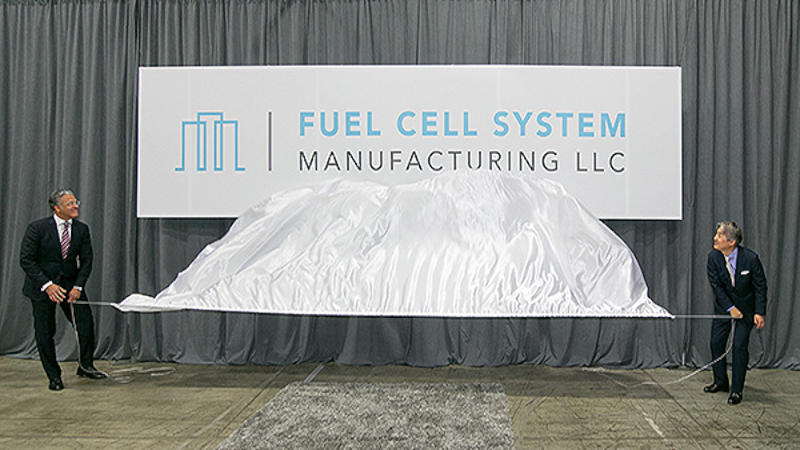General Motors and Honda Launch Production of Hydrogen Fuel Cells
General Motors and Honda recently announced the start of production of hydrogen fuel cells at their joint venture, FCSM (Fuel Cell System Manufacturing). The fuel cells will be used in a variety of products.
The fuel cells are powered by compressed hydrogen, emitting only water vapour during operation. The technology is currently used in heavy vehicles and mobile generators, offering an alternative to traditional fossil fuels. Established in 2017 by GM and Honda, FCSM has also collaborated on the Honda Prologue, Acura ZDX, and Cruise Origin electric vehicles.
FCSM Factory: Major Collaboration in Fuel Cell Manufacturing
Jointly funded by GM and Honda, the 6500 square meter FCSM plant located in Brownstown, Michigan, US, was established with a fund of $83 million. It is hailed as the “first large-scale joint enterprise for fuel cell production”.
Despite their benefits, hydrogen fuel cells have not achieved major popularity in the passenger vehicles sector. Honda, which had launched the hydrogen-powered Clarity model, had to halt its production in 2017 due to the lack of refuelling infrastructure. Now, the focus has shifted towards hydrogen-powered heavy-duty vehicles and specialized equipment, for which building refuelling stations is easier given their operation within limited areas.
Challenges Posed by Hydrogen Fuel
One drawback of hydrogen fuel is its low energy density per volume, which complicates storage. It necessitates high pressure, low temperatures or chemical processes. Overcoming this problem is crucial for light-duty vehicles with small sizes and limited storage capacity for fuel. Another problem stems from the current production method of hydrogen, which predominantly involves steam reforming of methane, leading to carbon dioxide emissions. Methane is even more potent than carbon dioxide as a greenhouse gas and often leaks at various stages of production and end use.





